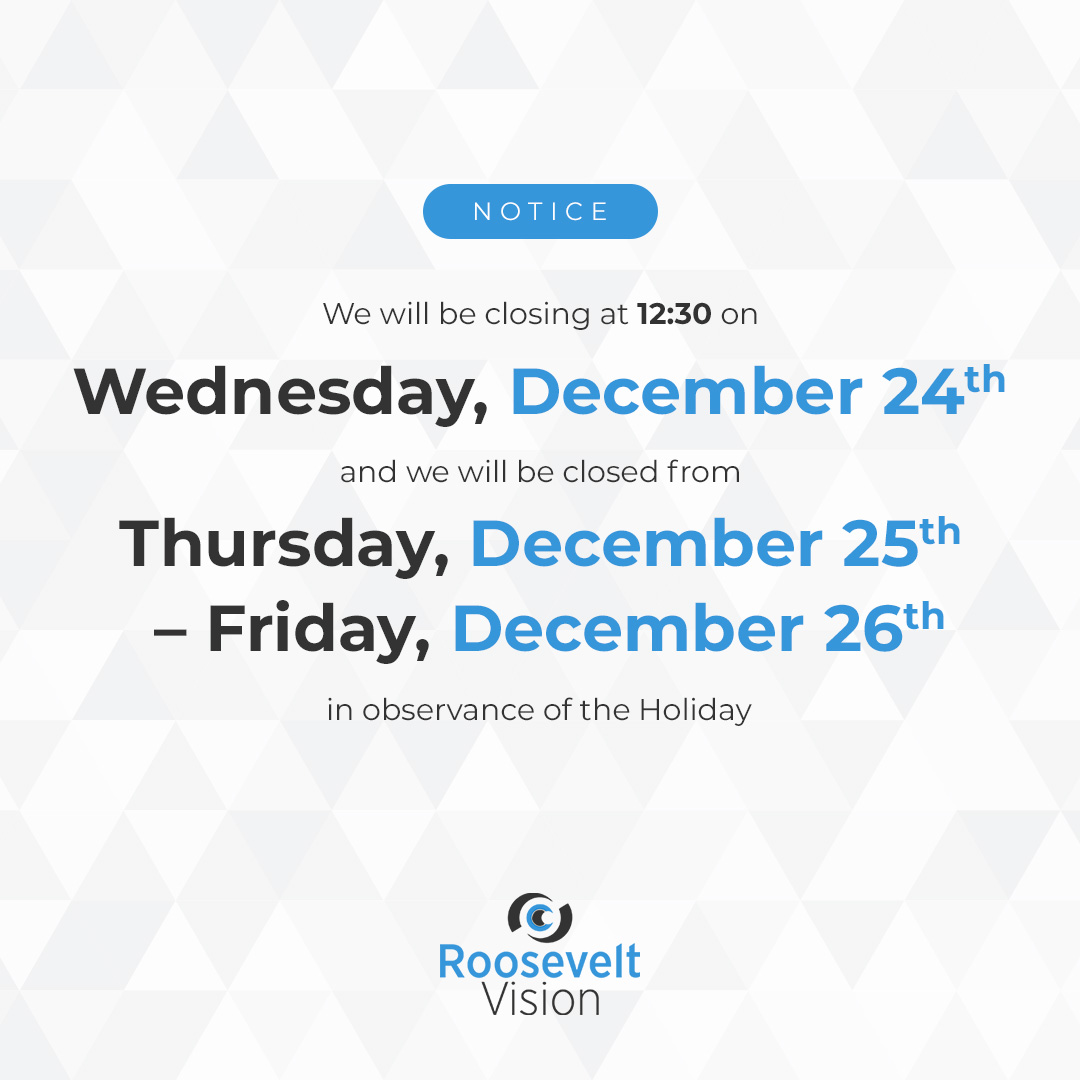Computer Vision Syndrome (CVS) is becoming more common with increasing computer use. Researchers believe that 50-90% of people who use computers in their daily lives have experienced CVS to some degree. CVS is not considered a single specific problem, but a group of vision and eye related issues. And with the increased use of school computers, tablets and smartphones, children are also becoming more susceptible to CVS.

Problems can start because as you are reading text on a screen, your eyes move in a repetitive motion throughout the day. Continuing this behavior can worsen your symptoms. While reading alone uses the same motion, digital screens add flicker, contrast, glare, and light that all put additional strain on your eyes. If you should be wearing some type of corrective lens, but don't, you are putting additional strain on your eyes.
Ageing can also make these issues worse. Around the time that people turn 40, the lenses of the eyes begin to harden due to presbyopia, a condition which affects your ability to see closer objects. If you aren’t wearing the correct prescription glasses for your computer distance, your eyes have to work harder to flex your natural lens to see up close.

What Happens if I have CVS?
There is currently no proof that CVS causes long-term vision impairment or blindness. Continuing to use a computer or any other type of screen can reduce your ability to see properly.
The most common signs and symptoms of computer vision syndrome are:
Blurred vision
Double vision
Red or dry eyes
Headaches
Neck and back pain
Eye Irritation
Treatment Options
Fortunately, CVS can usually be treated with just a few small changes to your glasses, your viewing habits, or to the settings of your screen.
Update Your Prescription – Reducing the amount of work your eyes must do to see is always a good idea. Making sure that your prescription is accurate for you helps to reduce that strain.
Use the Right Lens Design - You might need a specialized lens design to help reduce eyestrain beyond your everyday glasses prescription. Digital device users can sometimes benefit from an occupational or computer lens design if wearing a progressive lens already to provide a wider area for screen viewing or an anti-fatigue lens that reduces eyestrain (hyperlink to lens designs)
Filter Blue Light - Blue light produced by digital devices can cause glare and eyestrain that is amplified by extended use of smartphones, tablets, laptops, gaming devices, and computer screens. Eye fatigue, dry eyes, blurred vision, and headaches can also become problems. Blue light lenses are recommended for anyone who spends a lot of time working on a digital device.

Reduce Glare – It’s essential to reduce the amount of glare that comes off your computer screen as the glare adds additional strain to our eyes. There are anti-glare lens treatments for your glasses that help to reduce the glare from reflected light sources. (hyperlink to antireflective lens treatments)
You can reduce the glare by changing the angle of your computer screen or reducing the brightness of the overhead lighting. You can try moving your monitor to a different location and then adjust the settings of your blinds to reduce or block the light coming in. Or you can purchase a glare filter that goes over the top of your screen.
Move Your Desk – Your ideal monitor position is just below your eye level and approximately 20-28 inches in front of your eyes. You shouldn’t have to change your head position or strain your neck to read what is on your screen. If you work with printed materials, put a stand next to your monitor to keep everything at the same height.
Change Your Settings – Simply changing the settings of your screen can result in a significant reduction to your eye strain. You can adjust the brightness, contrast, and even change the font size to make things easier for you to see.
Take Breaks – Your breaks don’t have to take up much time. Doctors recommend using the 20/20/20 rule. Every 20 minutes you should look at an object 20 feet away for 20 seconds. Additionally, if you feel that your eyes are straining, it’s a good idea to get away from your screen for a few minutes.




















